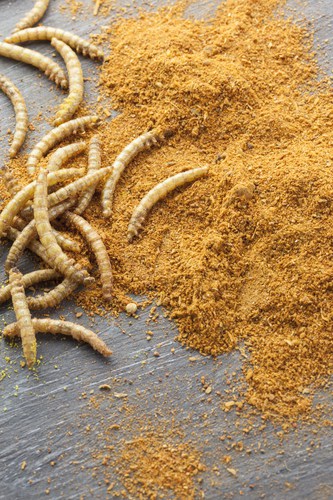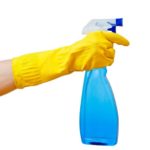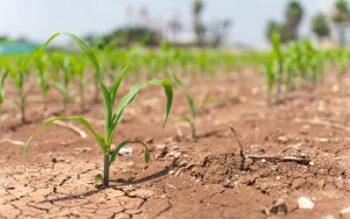
A tiny, squirmy, golden-colored worm could prove to be the key in efforts to clean up global pollution. The mealworm, which is found in natural habitats around the world, can subsist entirely on a diet of Styrofoam and other plastic products.
For a long time, scientists have thought plastic was nonbiodegradable, meaning it could not be eaten by animals, plants or fungus and turned into waste. However, recent studies from researchers at BeiHang University in China and Stanford University in California, have shown that the mealworm can live on a diet of plastic and still be completely healthy. The mealworm’s stomach contains microorganisms that break down plastic and convert it into regular old worm poop—the same way it would with any other food. Researchers said this waste is safe to put in soil for plants and crops.
“The findings are revolutionary. This is one of the biggest breakthroughs in environmental science in the past 10 years,” one of the researchers, Wei-Min Wu of Stanford University, said in an interview to CNN.
Wu also told CNN that this discovery could help solve the “plastic pollution problem,” but that it was not the only solution and people should still recycle as well.
As it usually feeds on stored grains, the mealworm is often considered to be a pest, especially to farmers. The mealworm also has a misleading name. Though it contains the word worm, they are not actually worms. They are the larval form of the mealworm beetle. Aside from their newfound use as plastic munchers, mealworms are common food for many bird species and are sometimes used by bird watchers to attract certain kinds of birds. They are also commonly sold as pet food for snakes, lizards, frogs, turtles, toads and other reptiles and amphibians.




